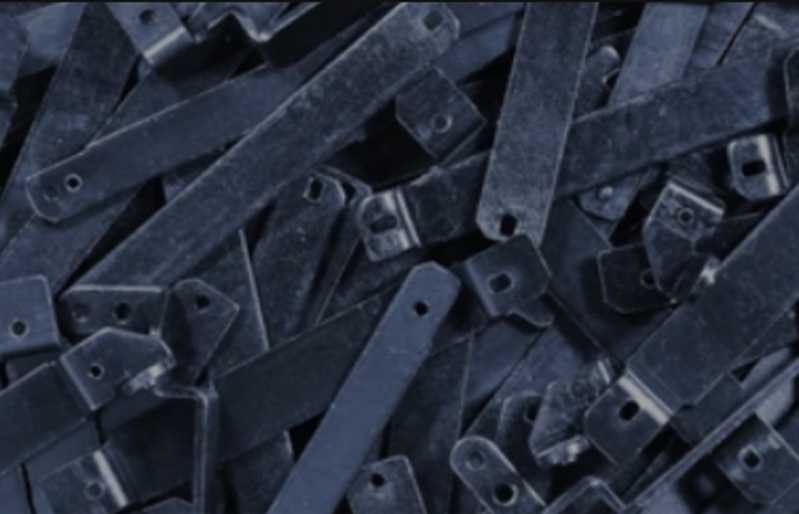Introduction
Die casting is a widely used manufacturing process for producing complex metal parts with high precision and accuracy. A crucial component in this process is the die casting mold, which plays a significant role in determining the quality and characteristics of the final product. In this article, we will explore the key aspects and techniques involved in developing a high-quality die casting mold.
Design Considerations
The design of a die casting mold is a critical step that requires careful consideration of several factors. Firstly, the material selection for the mold is crucial. Commonly used materials include steel, aluminum, and copper alloys, each offering different benefits such as high strength, thermal conductivity, and corrosion resistance. The selection should be based on the specific requirements of the casting process.
Another important consideration is the parting line, which determines how the mold will be split into two halves. The parting line should be strategically placed to minimize the complexity of the mold design and facilitate easy ejection of the casted part. Additionally, features like draft angles, fillets, and radii must be incorporated into the mold design to ensure smooth ejection and reduce the risk of defects.
Cooling System Design
Efficient cooling is essential to maintain a stable and uniform temperature distribution within the mold cavity during the casting process. The cooling system design plays a crucial role in achieving this. Properly designed cooling channels can help regulate the mold temperature, resulting in better heat dissipation and reduced cycle time.
The placement and layout of cooling channels should be carefully considered to ensure effective cooling. Channels should be strategically located near the critical areas of the mold where heat accumulates the most. Furthermore, the size, shape, and pattern of the cooling channels should be optimized to achieve maximum cooling efficiency.
Surface Finish and Texture
The surface finish and texture of the die casting mold greatly influence the appearance and quality of the final product. A smooth and uniform surface finish is desirable to minimize defects like porosity, flow lines, and surface imperfections on the casted part.
To achieve the desired surface finish, several techniques can be employed, such as polishing, shot blasting, and chemical treatments. The selection of the appropriate technique depends on the material of the mold and the desired finish. Additionally, the texture of the mold surface can be altered to create specific patterns or textures on the casted part.

Mold Maintenance and Repair
Regular maintenance and repair are essential to ensure the longevity and optimal performance of a die casting mold. Mold maintenance involves cleaning, lubricating, and inspecting the mold components regularly to prevent wear, corrosion, and other issues that may affect the mold\’s performance.
In case of mold damage or wear, timely repairs should be carried out to avoid production downtime and maintain the quality of the casted parts. Repair techniques may include welding, grinding, and re-machining of the affected areas. It is crucial to ensure that the repaired mold maintains dimensional accuracy and functionality.
Conclusion
Developing a high-quality die casting mold requires careful consideration of various aspects such as design, cooling system, surface finish, and maintenance. A well-designed mold with efficient cooling and proper surface finish can significantly impact the quality and characteristics of the final casted parts. Regular maintenance and timely repairs further ensure the longevity and optimal performance of the mold. By following these key aspects and techniques, manufacturers can achieve consistent and high-quality die castings for a wide range of applications.
-

- 2022 Wholesale Hot Sale Bicycle Parts Magnesium Alloy Children Bike No Pedal Balance Bicycle Kids Multiple Colors Available
-

- Mangensium alloy die-casting Thixomolding metal parts
-

- Magnesium thixomolding parts laptop housing cover B
-

- Ultralight suspension fork for MTB
-

- OEM die-casted parts& components
-

- Magnesium alloy die-casting rigid fork for bike

 0086-750-5616188
0086-750-5616188 +86 13392089688
+86 13392089688 sales@zhongmei-tech.com
sales@zhongmei-tech.com







